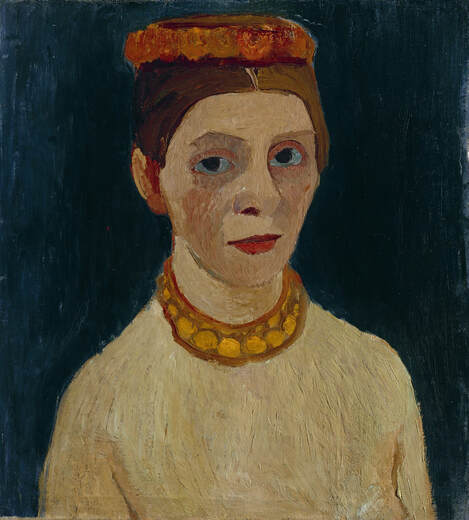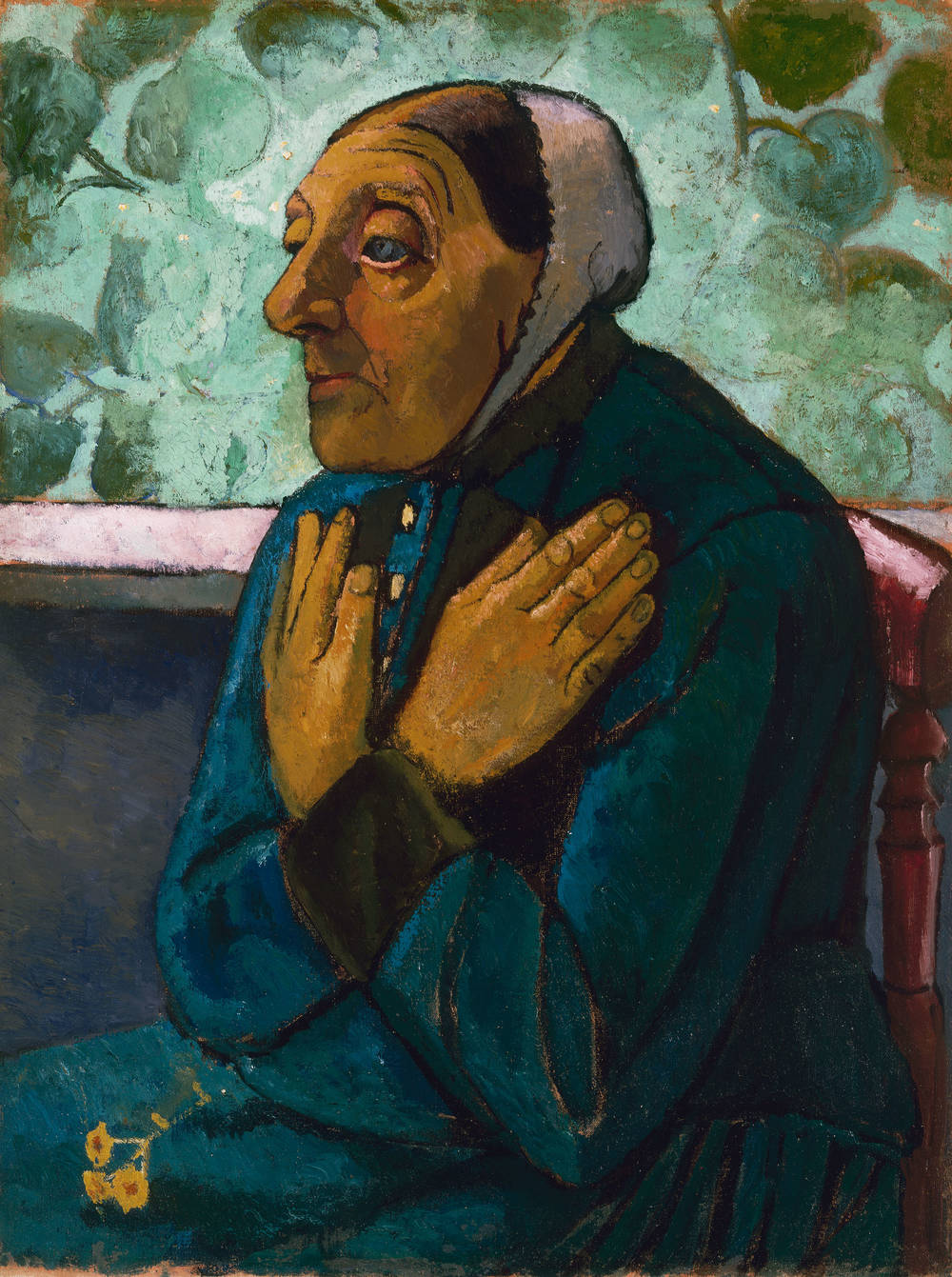Deutschland
KunstKrant.nl ist dié online Zeitung für bildende Kunst und Künstler, Museen, Börsen, Galerien, Auktionen und Ausstellungen.
KunstKrant.nl bringt die letzte Nachrichten über Ausstellungen und Interviews über bildende Kunst.
Vergessen Sie nicht sich zu registrieren für unseren Newsletter!
Folge uns auch auf Twitter, Facebook & Instagram





 RSS-feed
RSS-feed